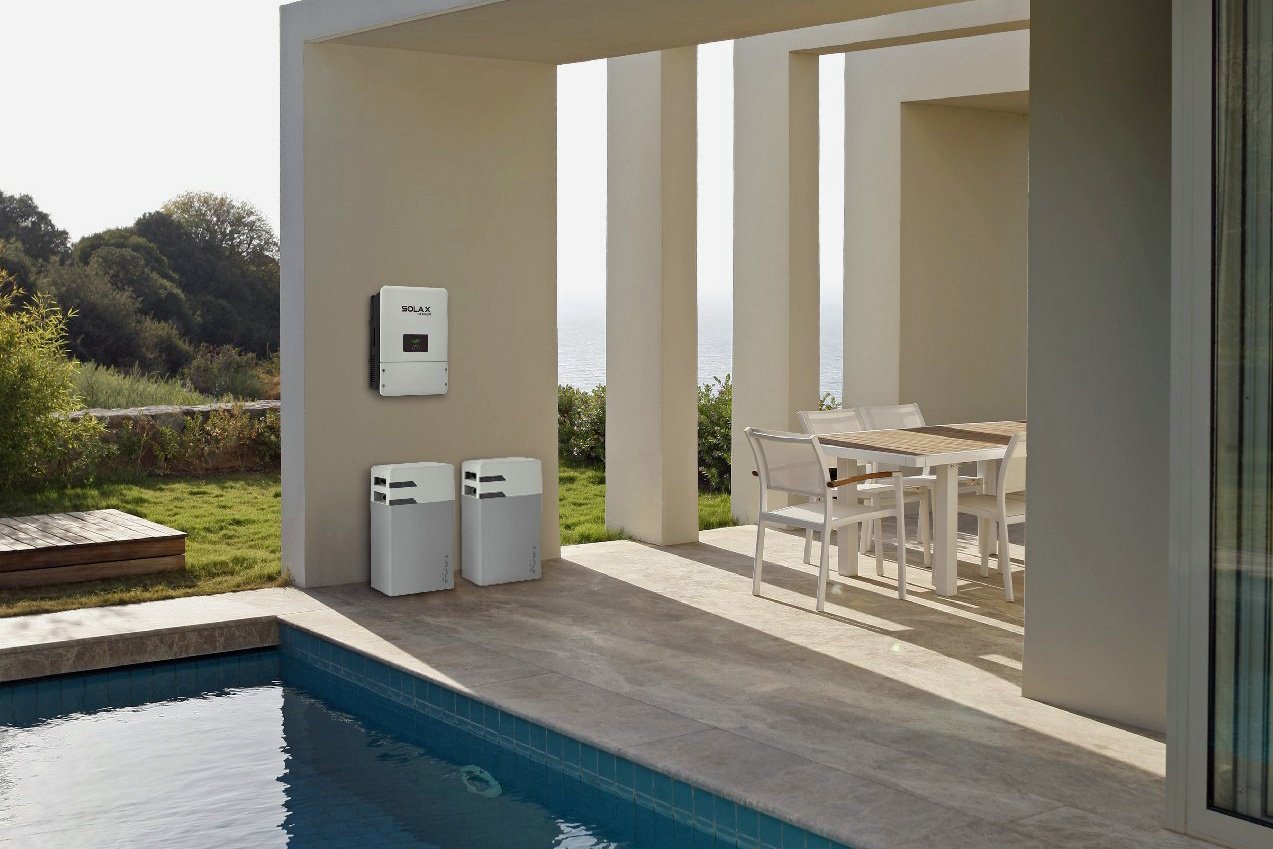Behind-the-meter (BTM) energy storage—on-site options that allow energy customers to store capacity for use as needed—surged in 2018.
In fact, for the first time, customer-operated BTM storage surpassed front-of-meter capacity (operated by electric providers) in the second quarter of 2018.
Multiple factors—including high demand charges, reliance on solar, changes to energy tariffs and lower storage costs—are driving the trend, according to industry experts.

Demand charges—the portion of an electric bill that reflect a customer’s peak level of demand—can account for 30 to 70% of a customer’s electricity bill. They typically are based on the highest average electricity use during a specific time period.
“[Storage] gives customers a lot of power over when they consume electricity during the day,” explained Eric Gimon, independent consultant and senior fellow at Energy Innovation. By storing energy purchased during low-cost periods, customers “can work around all kinds of schemes that utilities have for energy rates.”
“If my storage system allows me to reduce my consumption during the window when the demand charges are high, that can be very valuable,” noted Gimon, who predicts that the growth in BTM energy storage will be disruptive to the industry.
Increased reliance on solar power also is pushing interest in energy storage.
“You can buy a solar-plus-storage system where the storage evens out the output from your solar, and where the combined cost per kilowatt hour is cheaper than what the utility’s selling you,” Gimon said. “So, that’s getting people interested.”
Read more: Solar Power World Online


